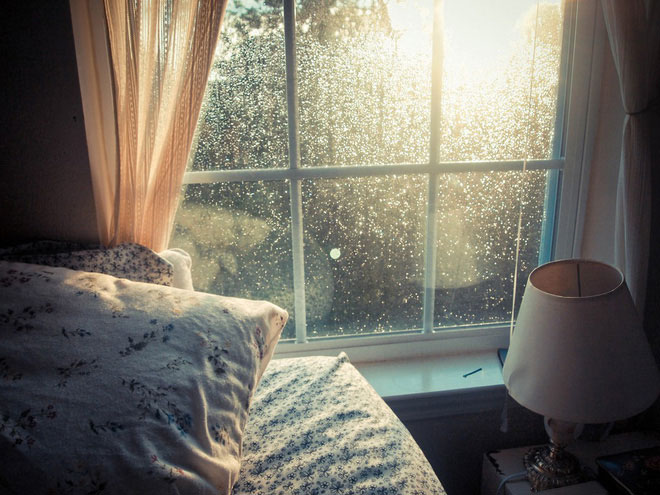Sunlight can reduce the amount of bacteria in your home
After building simulated guest rooms for bacteria, a team of researchers from the University of Oregon concluded that places in the house exposed to sunlight are likely to contain fewer bacteria than dark places. Their research is published in Microbiome magazine.
They do not assess the difference of light effects with harmful or harmless bacteria. The main concern of the study was to assess the types of bacteria with strong growth in dry and dusty environments, except those found in moist corners and cracks. The authors believe that the results of this project will contribute to building a safe design for homes, workplaces and hospitals.
The authors write: 'Our results show that the amount of dust exposed to daylight contains bacteria similar to outdoor bacteria (there is no equivalent to the bacteria that live in the skin and intestines. people, or underground). The bactericidal effect of sunlight through windows may be equivalent to those of sterilizing agents by ".

Where indoor exposure to sunlight is likely to contain fewer bacteria than dark places.
To test the strains of bacteria that appear in the home, the research team collected dust samples from all rooms of 7 houses in the city of Eugene, Oregon. The samples were mixed together and divided into 9 glass panels, placed in 9 containers designed to resemble typical miniature living rooms.
Each case has a window made of one of three materials: the glass block blocks most UVA and UVB radiation but allows visible light and infrared rays to pass, this is the type of commercial window glass; glass blocks most visible light and infrared rays but allows UVA and UVB rays to pass through; or a translucent aluminum sheet. The temperature of these miniature guest rooms maintained from 18.2 to 22.3 degrees Celsius and humidity was kept at 23 to 64%. The sheet of dust glass is placed to the south, where there is no obstruction of light.
After 90 days of exposure, the amount of bacteria was significantly reduced at the location of incoming light and UV rays. The bacteria in the place where the light is shining are similar to the bacteria that live outdoors. Meanwhile, places where there is no light, only about 25% of the bacteria are outdoors. All three bacterial communities are only about 15% to 25% of the bacteria parasites on human skin.
As expected, with the diversity of the microbial community, although daylight significantly reduces the prevalence of common bacterial strains in the home, some rare bacteria have grown during the study. . The authors explain that it may be due to the elimination of common bacteria that gave way to other types of bacteria that can survive in light.
- Window air conditioning for home
- Office work is also no less dirty than toilet
- New antibodies help reduce the amount of HIV virus in the blood
- The new paint helps halve the amount of toilet flush
- Infiltrate the world of bacteria inside the human body
- Good news for asthma patients
- How do beneficial bacteria protect us?
- Harmless bacteria in the intestine turn into human cannibalism, killing 5 Chinese patients
- 'Hack' intestinal bacteria of cows can bring more meat and reduce pollution
- Bacteria on shopping carts in supermarkets are 361 times more likely to hold toilet doors
- Eating less than 5 tablespoons a day reduces the risk of tooth decay
- The fungi and bacteria that follow shoes enter the house
 Why do potatoes have eyes?
Why do potatoes have eyes? 'Tragedy' the world's largest carnivorous life: Death becomes ... public toilet
'Tragedy' the world's largest carnivorous life: Death becomes ... public toilet Tomatoes were once considered 'poisonous' for 200 years
Tomatoes were once considered 'poisonous' for 200 years Detecting microscopic parasites on human face
Detecting microscopic parasites on human face